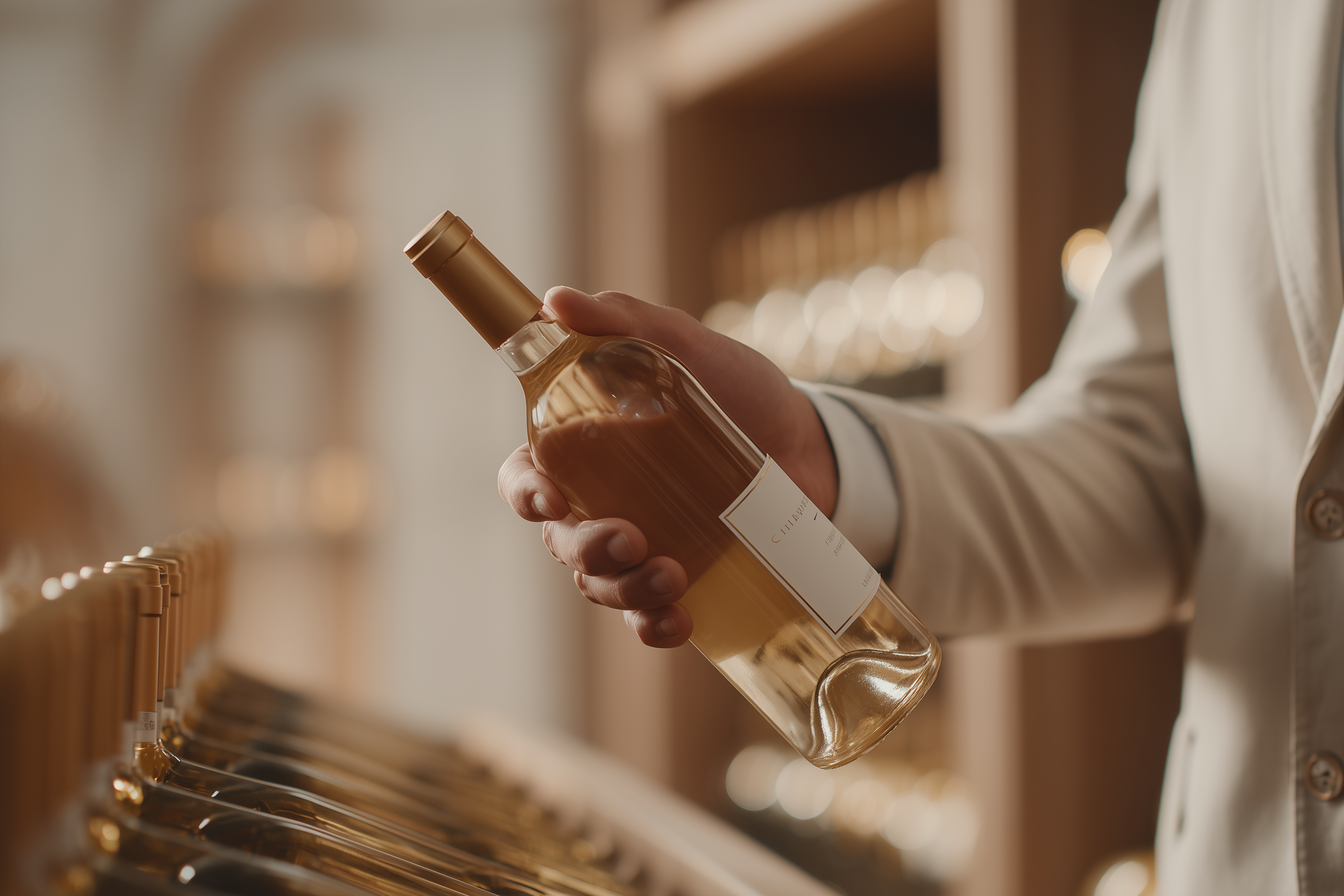
CruTrade Editorial



Even in a $470 billion industry, some of the most sought-after wines remain stubbornly inaccessible. Not because collectors lack interest. Not because they lack capital. But because the system was never built for them.
Access to elite wine has become a paradox: just as appreciation grows and global interest soars, the gates seem to close even tighter.
Let’s unpack why.
It Starts in the Vineyard and Ends with Scarcity
Elite wines come from places that can’t be scaled. The Grand Crus of Burgundy occupy just 550 hectares—about 1.3% of regional production. These aren’t wines you can mass-produce or replicate elsewhere. They come from old vines, hand-harvested grapes, and specific parcels of land that haven’t changed for centuries.
And if nature doesn’t cooperate? Production falls even further. Burgundy’s 2024 vintage is estimated to be 25% smaller than 2023, with some domaines seeing catastrophic losses.
Add to that the time it takes: 35 to 40 hectoliters per hectare, followed by years of barrel aging before a single bottle is ready.
You Can’t Just Buy It. You Have to Be Chosen
Even if you have the money, good luck finding a bottle.
The most prized wines are allocated. Not sold. Which means you’re not buying from a shelf—you’re buying access, often years in advance, through relationships built over decades.
Wine societies and merchants prioritize clients who spend the most over time. If you’re new? You’re at the bottom of the list. In the UK, restaurants mark up wines 3 to 10 times retail. Some charge £500 for bottles that retail for £50. It's not a wine list. It’s a velvet rope.
Fine Wine Is No Longer Just Wine, It’s an Asset
Collectors today aren’t the only ones buying wine. Investment funds are.
Only 0.1–1% of global wine production qualifies as investment-grade. And once a wine hits that threshold, it often disappears into storage—not a cellar, but a vault. At auction, a bottle of Romanée-Conti can fetch over €20,000. At that point, it’s not a bottle. It’s a commodity.
And with every trade, that wine moves. From cellar to courier. From one warehouse to another. Every handoff brings spoilage risk: heat, vibration, broken seals.
Ironically, the more valuable the bottle, the less likely it is to be drunk.
Wine Has Become a Status Symbol and a Gatekeeper
For many, wine is more than a passion. It’s cultural capital.
Knowing producers, vintages, and vineyard names isn’t just a hobby—it’s a signifier of sophistication. Studies link wine knowledge with higher education, income, and even IQ. That knowledge is a social filter. And the industry reinforces it.
Take 67 Pall Mall in London: a private club offering 800 wines by the glass—but only if you can afford the membership, understand the language, and navigate the codes.
It’s not just a drink. It’s a rite of passage.
And Price Doesn't Work Like You Think
Elite wines are what economists call Veblen goods. That means their appeal grows with the price. Lowering the cost doesn’t make them more accessible—it makes them less desirable.
And then there’s time. The market pays a premium for maturity. Collectors are happy to pay double for a wine aged ten years—just to avoid waiting. That preference reinforces scarcity and spikes prices further.
Demand has exploded, especially in Asia. Supply has not. That imbalance is baked in.
Even the recent 15–30% market correction hasn’t changed that. The best wines still sell. They’re just snapped up faster.
The System Protects Scarcity. Not Access
Every part of the current system was built to reinforce exclusivity:
This has turned collecting into speculation. And serious collectors are left out, priced out, or simply shut out.
Where Does That Leave the Collector?
With options, but few answers.
The traditional market offers wine with a price—but rarely with a guarantee. You can pay a premium, wait months, and still open a dead bottle.
Why? Because it may have changed hands four times. Because provenance was lost. Because storage was poor.
The current system treats wine like currency—but wine is alive. And it dies in transit.
There’s a Better Way
Collectors don’t need another auction house. They need access they can trust.
That’s why CruTrade only allows the trading of bottles whose provenance is guaranteed. Each one backed by RFID tags, blockchain verification, and professional storage.
And more importantly: the bottles never move during trading. Ownership transfers. The wine stays still. That’s how you preserve value.
So that when a collector finally opens that bottle, it drinks the way the winemaker intended.
Elite Wine Shouldn’t Require Elite Connections
The industry made wine into a gated asset. CruTrade is unlocking it again—for collectors, not middlemen.
It’s time to build a collection you can trust. One that holds value. And one that’s finally within reach.
Start collecting smarter at
app.crutrade.io
Citations
With just a few clicks, you’ll get access to